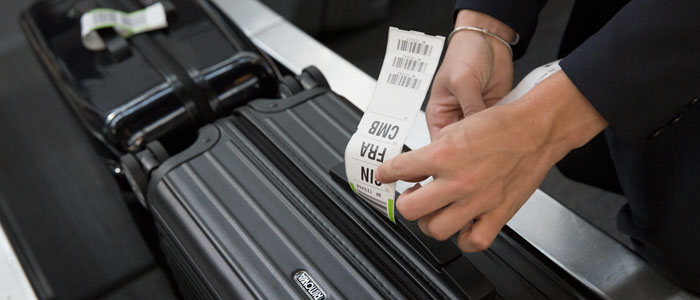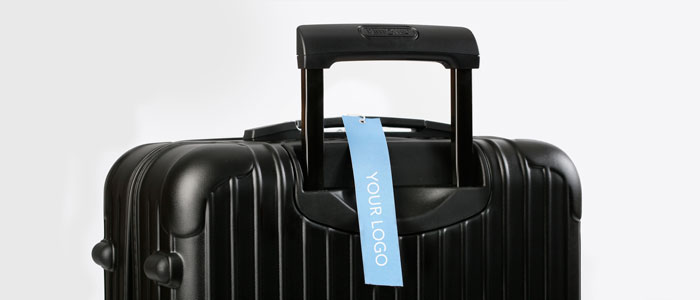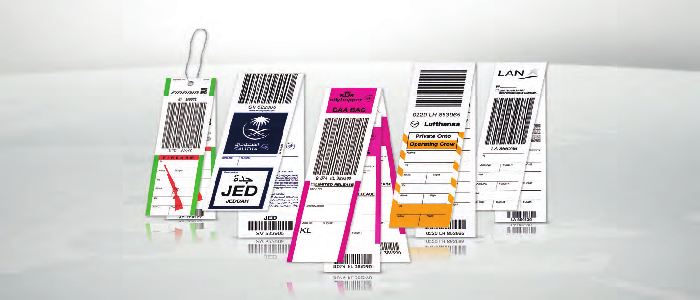Especially on longer routes, when changing to another airline, where the baggage needs to be loaded from one plane to another, it is important that every piece of luggage is accurately identified. Passengers must pay attention to whether they have to pick up their luggage at the intermediate station and have to hand it over to the next airline, because some airlines can not guarantee the transfer.
The baggage tag also contains information about
- The name of the traveler,
- Their gender (F / M),
- The total number of this passenger’s baggage,
- As well as the number of the tag
which is recorded in the system of the airline with the booking, so that the suitcase can be unambiguously assigned. The abbreviation of the airline is also marked in two letters.
What is the implementation at Security Label?
The IATA Resolution 740, “Form of Interline Baggage Tag”, describes what information must be available on the tag, and how its dimensions, cutouts and sections may be laid out. Although this can be individually designed by every individual airline company, many factors must be precisely matched to the millimeter due to technical circumstances and the requirements of daily use.
The quality of print and paper also play major roles, and whether it is resistant to damage such as friction or moisture. If the tag tears at the slightest touch or dissolves when the humidity is slightly higher during transport, it can not fulfill its purpose. It is therefore important to approach a competent supplier using robust materials and having the necessary expertise in optimized printing processes. Our customers know this, and a complaint rate of well below 1 % confirms us to be on the right track.
We offer different types of baggage tags, which are manufactured according to your requirements. Whether you prefer a self-adhesive attachment or eyelet and rubber band, pre-printed or copied, with our tags you are always on the safe side. Please contact us and we will advise you individually.
Our professional layout service takes your wishes and changes into consideration and takes to your full satisfaction. You can also order the expected quantity of tags you would like to buy annually with our Store & Call-Off-Service, and we will arrange it for you in several partial deliveries. For more information, please visit our site TagLOG.







